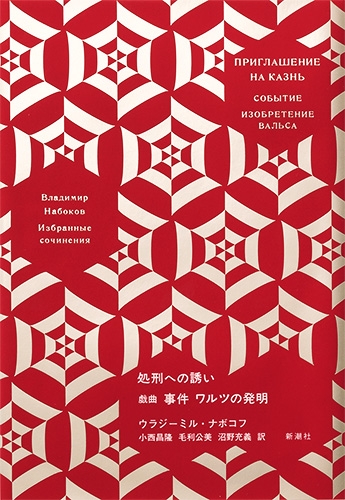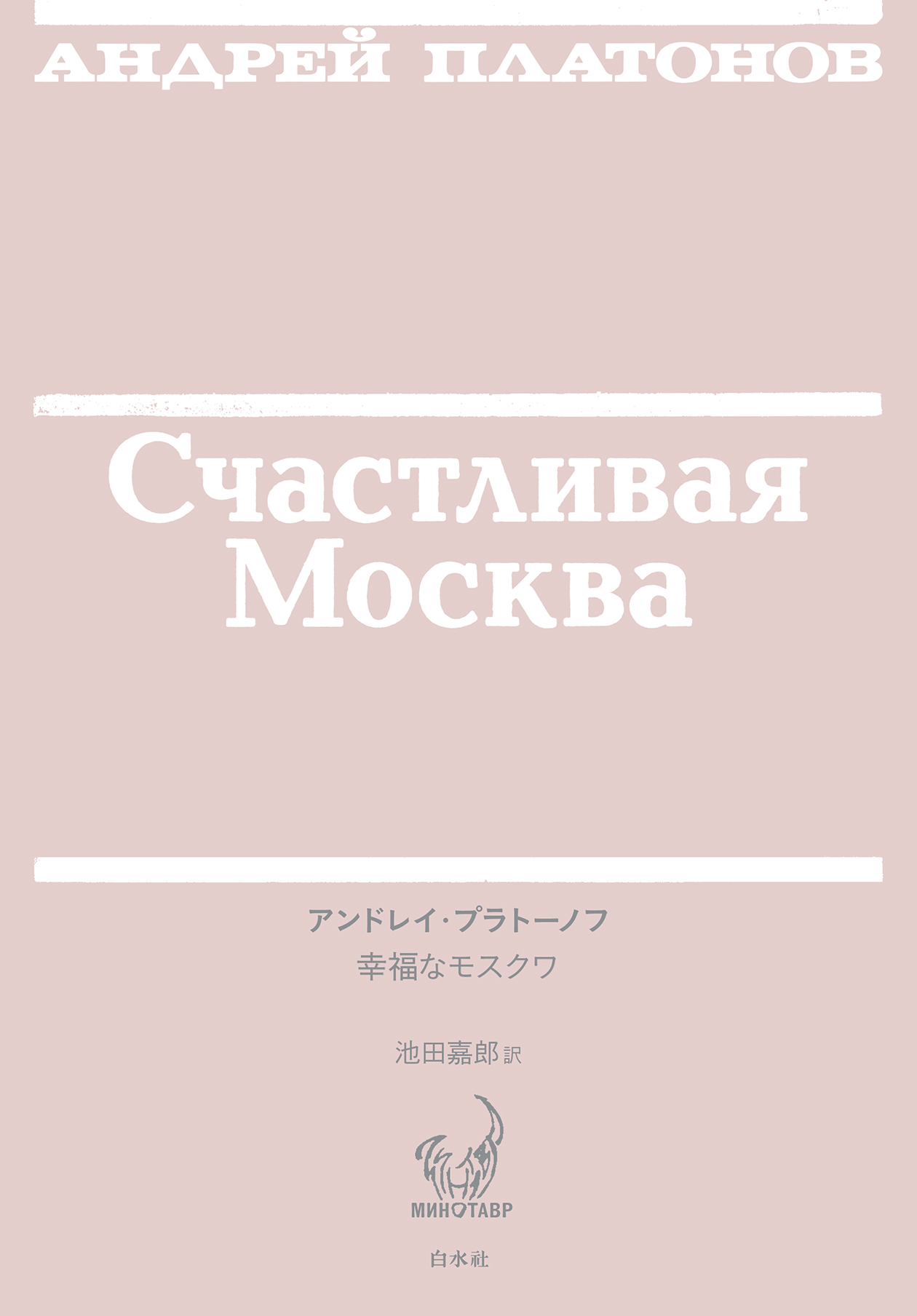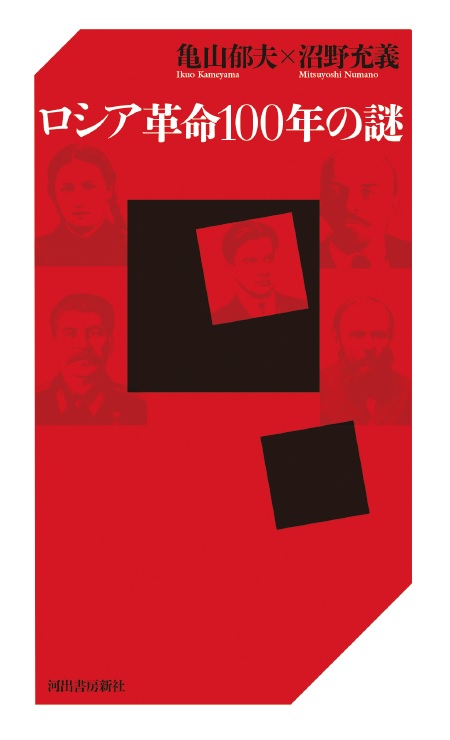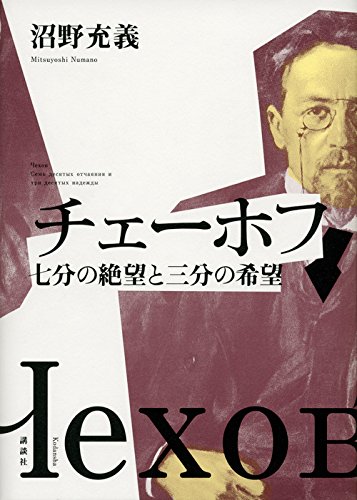
Title
Nabokov Collection Shokei e no Izanai (The Nabokov Collection: Invitation to a Beheading and the Plays, The Event and The Waltz Invention)
Size
494 pages
Language
Japanese
Released
February 27, 2018
ISBN
978-4-10-505607-0
Published by
SHINCHOSHA Publishing Co., Ltd.
Book Info
See Book Availability at Library
Japanese Page
This is one volume out of a collection of five comprising Vladimir Nabokov’s works and published as “The Nabokov Collection” by Shinchōsha. Vladimir Nabokov (1899–1977) was a Russian writer born in Russia. However, after the Russian Revolution, he went into exile in the West, and acquired international fame while living in the United States. Although he is known as a bilingual author who wrote in both Russian and English, this series is notable for its policy of translating works written in Russian not from their English translations but from the Russian originals. While the long story, Invitation to a Beheading, was previously translated into Japanese from English, Konishi Masataka created a new translation of this novel for this volume from the original Russian version. The translations of The Event (trans. Mouri Kumi) and The Waltz Invention (trans. Numano Mitsuyoshi) are the first ever to be made available in Japanese.
Invitation to a Beheading is a novel about a future dystopia. The main character has been sentenced to death due to the absurd crime of “gnostical turpitude.” Its new translation from the Russian version convey a fresh image of Nabokov as a Russian-language novelist to readers in Japan. The two plays included in this volume occupy an important place in the history of the reception of Nabokov’s literature in Japan, In Japan Nabokov has been entirely unknown as a playwright. However, until 1940 and through the point at which he began writing primarily in Russian, he wrote eight plays and was very interested in theater. The Event (first performed in 1938) and The Waltz Invention (published in 1938) are particularly outstanding works that are representative of Nabokov as a playwright.
The Event is set in an unspecified provincial city and includes fast-paced, boisterous theatrical elements. It thoroughly depicts the disorder that arises after a dangerous man, who had been in prison for attempted murder, is released unexpectedly early. The Waltz Invention is a work combining elements of political satire and science fiction about a man named Waltz who invented a device that can cause a massive explosion from any distance. This work contains elements reflecting the European political situation of its time, and Waltz’s bomb foretells the atomic bomb. Artistically speaking, it was Nabokov’s attempt to put into practice the “dream-drama” that he had taken as an ideal.
At the end of this volume, readers will find not only a detailed explanation of Invitation to a Beheading by Konishi Masataka, but also an article jointly written by Numano Mitsuyoshi and Mori Kumi on Nabokov and theater. The latter is the first overview ever made available in Japan of Nabokov’s writing as a playwright. After analyzing the motifs and structures of The Event and The Waltz Invention in detail, it also explains Nabokov’s view of theater and the “dream-drama” that he had taken as an ideal. This volume clarifies that Nabokov was not only important as a novelist but as a playwright as well. In the history of Russian literature, we could likely compare him to Mikhail Bulgakov, the author of The Master and Margarita, who was also active as both a novelist and playwright.
(Written by NUMANO Mitsuyoshi, Professor, Graduate School of Humanities and Sociology / 2019)



 Find a book
Find a book





